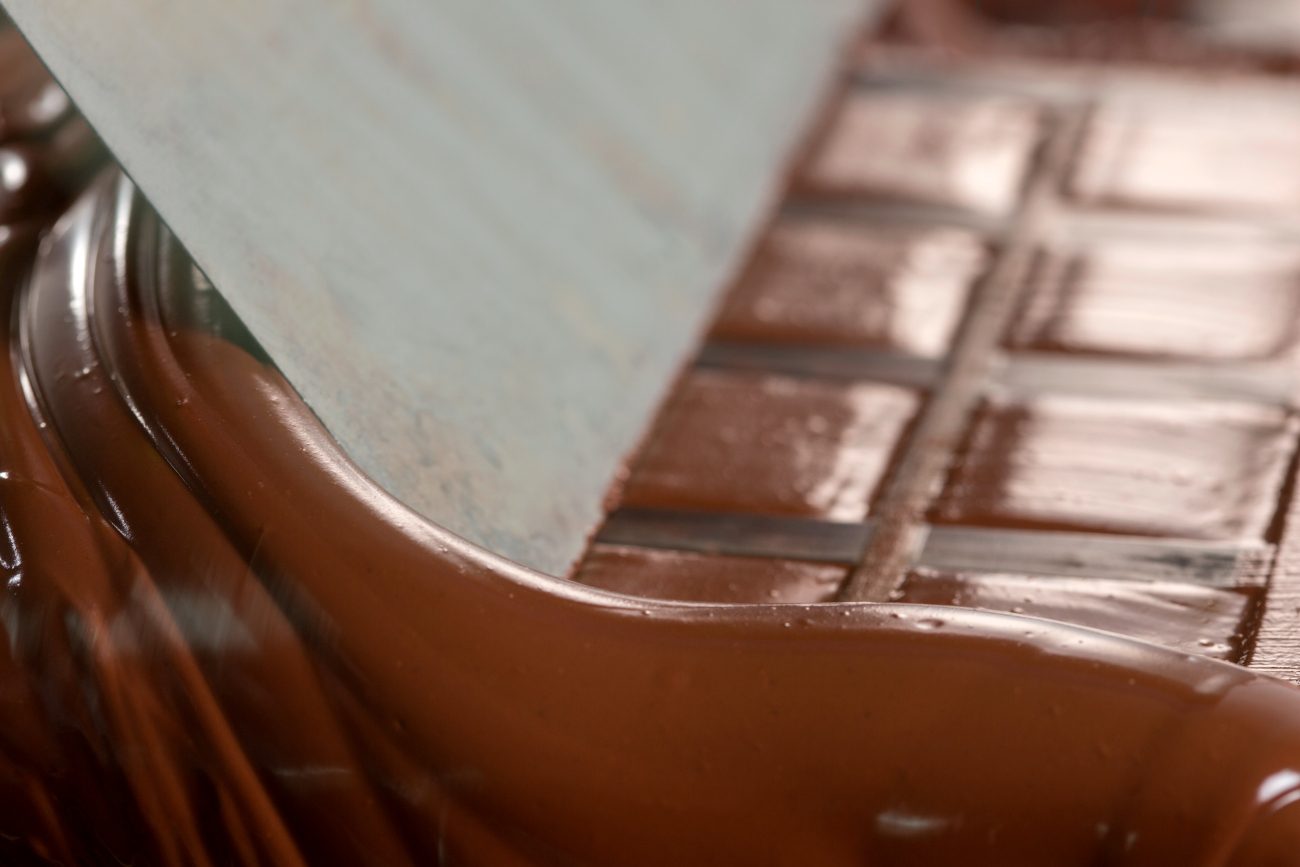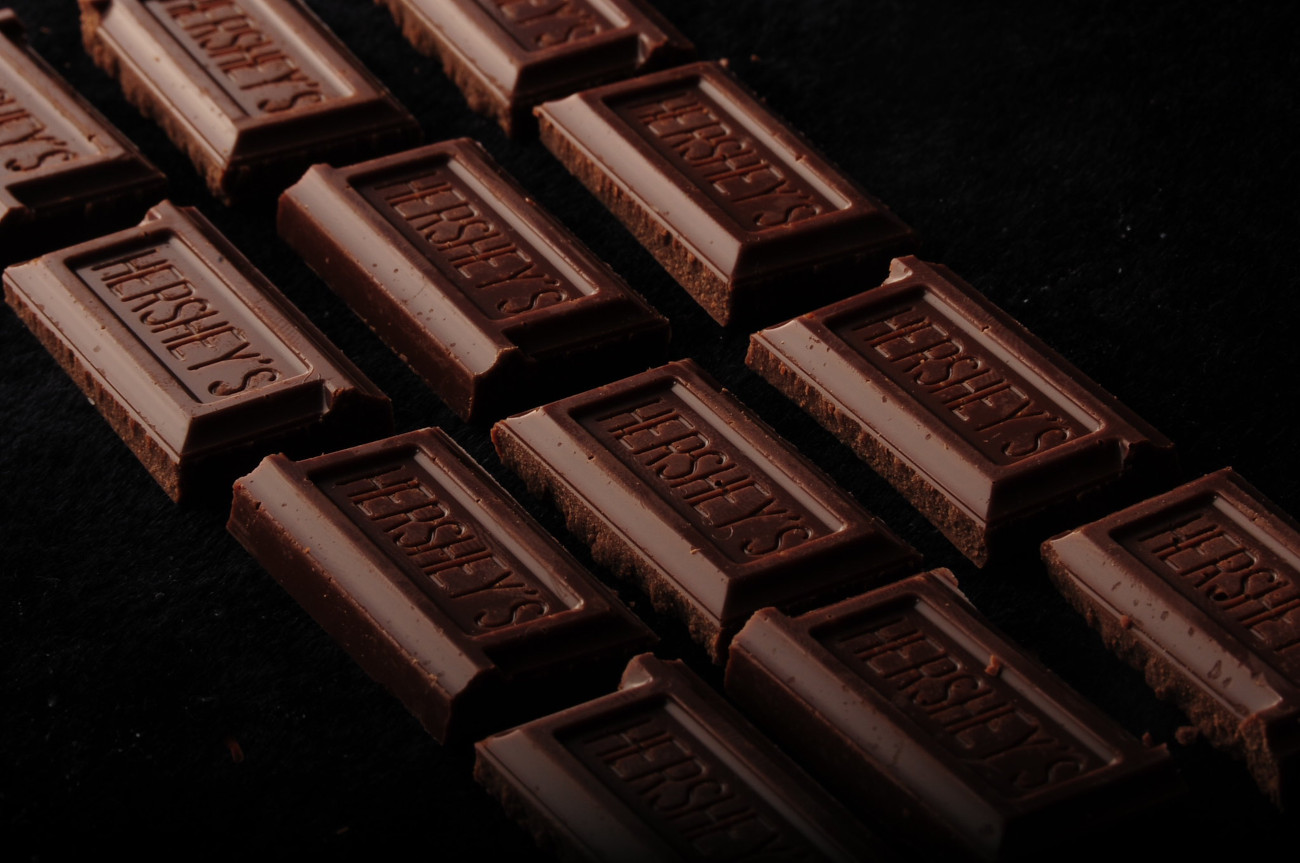Show people a Hershey’s bar, and you have a 50/50 chance of having people loving it or hating it. This reaction is created not by preferences, but actually by borders! Why do people from the UK or the EU detest American chocolate? While many think it’s a matter of preference or pride, one has to wonder, is there molecular reasoning behind why there is a unified dislike of American chocolate? Is there a difference in taste?

Search the internet, and you’re bound to find countless rationalizations, but these responses don’t explain the reported bitter and acidic taste. Many people point to the different ingredient listings, the cocoa percentages, and the emulsifiers, but that wouldn’t account for the astringency people swear American chocolate has. Looking at all of the possibilities, the real reason behind the off-putting flavor of American chocolate is the way the milk is processed.

So why did American chocolate companies use a method that would be detrimental to the chocolate’s flavor? The milk used in Hershey’s milk chocolate is quite different from that of other countries’ chocolate. In the 1930s, Hershey’s Company developed a process to avoid the strict fresh milk regulations. At the time, only fresh milk could be used in chocolate production, after 72 hours, the milk had to be discarded. Hershey’s Company formulated a dairy substance that complied with the regulation and cut back on milk waste. What that process is, no one is sure. The details of Hershey’s process are still a trade secret, but it is probably a form of lipolysis.

Now lipolysis sounds fancy, but it’s not some crazy form of sorcery. Lipolysis hydrolyzes (uses water) to break down fatty acids in the chocolate. This process isolates the acids and proteins and ultimately stabilizes them, protecting them from spoiling. But by altering the fresh milk, Hershey was able to keep the chocolate production costs low and reduce milk waste. Yet, this chemical reaction that separates these molecules produced a sour, acidic, and bitter taste. Things like sharp and moldy cheeses have these same flavors. The taste is great, for an Italian pasta dish, but this is not a smell or flavor people want in their chocolate.

Chocolate from the UK or the EU uses different forms of preservation, which ultimately protects and doesn’t sour the flavor of the milk. How did this flavor become the mass-produced flavor of American chocolate? During World War Two, Herhsey’s chocolate production was intertwined with the wartime machine, supplying chocolate rations to the soldiers fighting overseas. By the time the war ended, people’s palates had been acclimated to the sour, acidic flavor of Herhsey’s chocolate to such an immense degree, that other American chocolate companies started to add butyric acid to their chocolate to mimic the taste of Hershey’s chocolate.

Nowadays, there are other, easier methods to preserve the milk, but Hershey’s continues to maintain the flavor so many people have come to enjoy. Other American companies have changed course, vying for a more British or continental chocolate flavor, but the stereotype of bitter, tasteless chocolate is forever linked with America.













